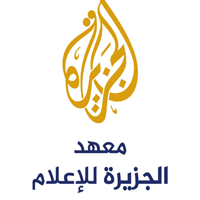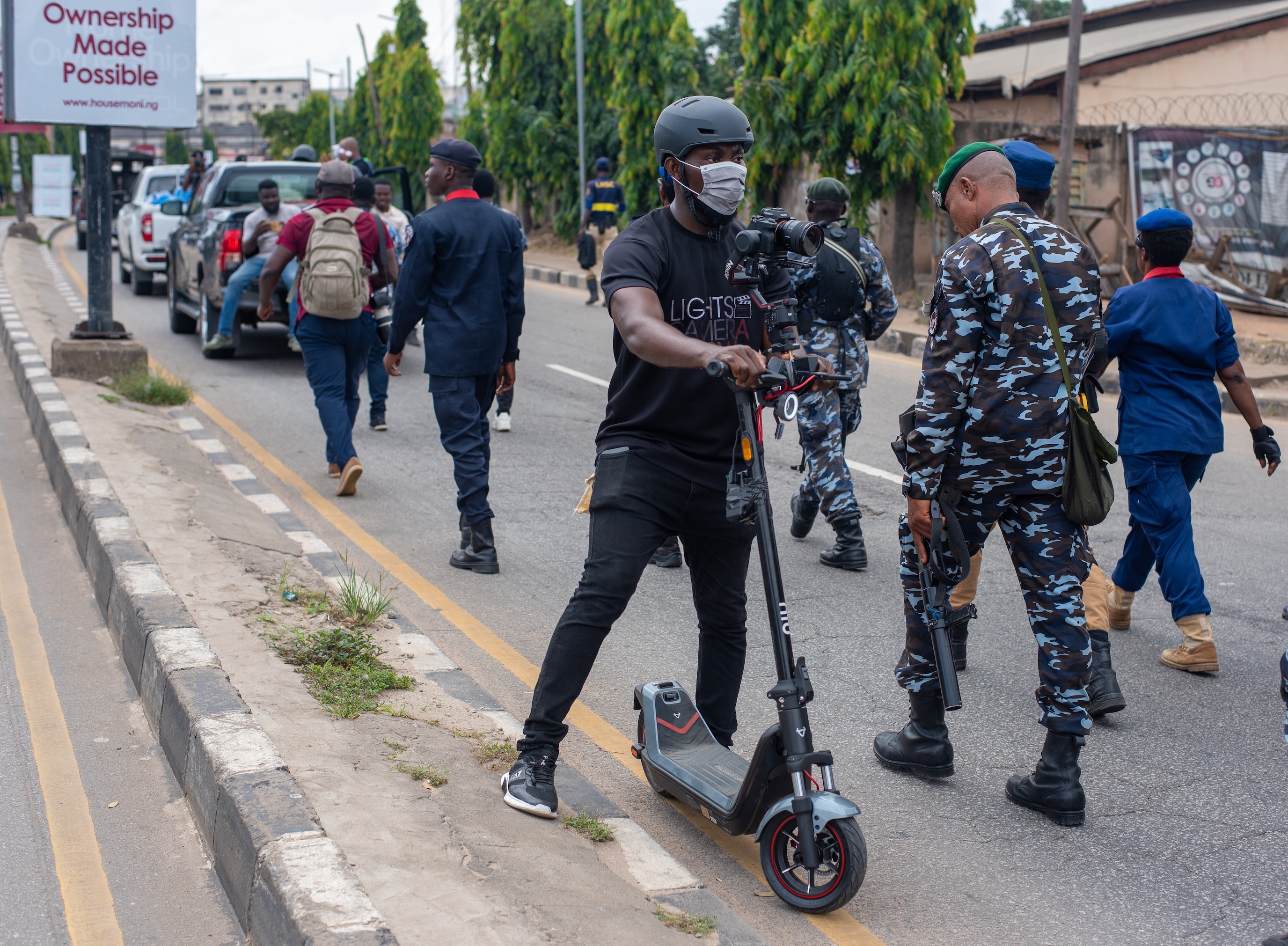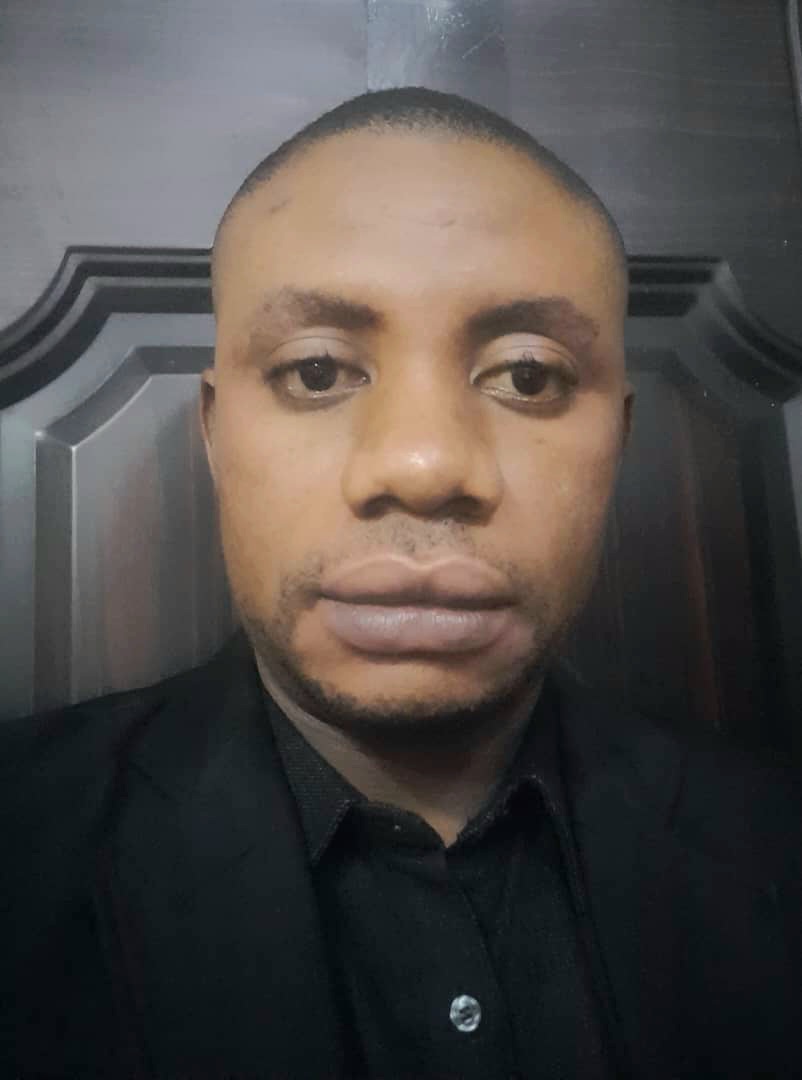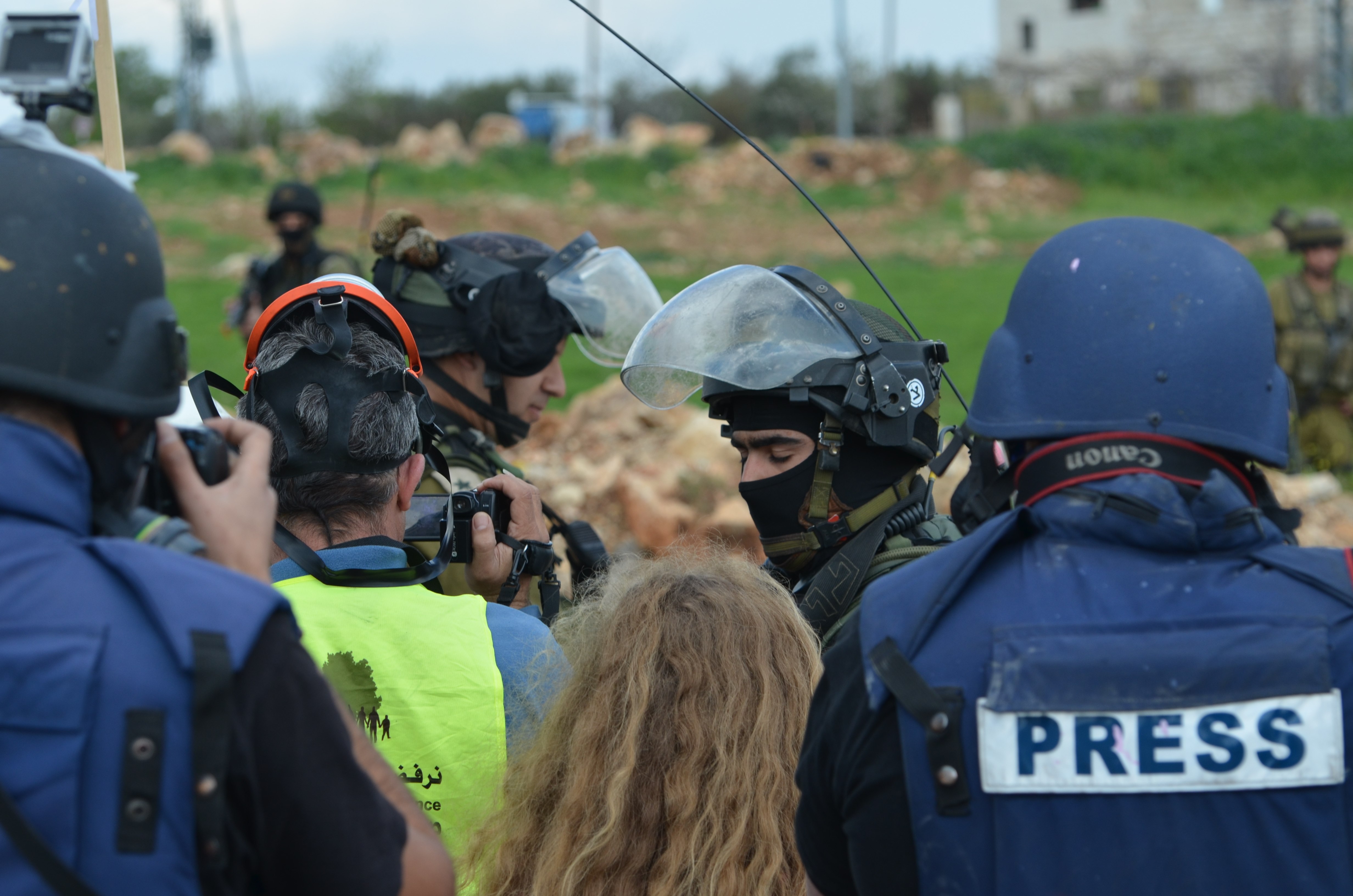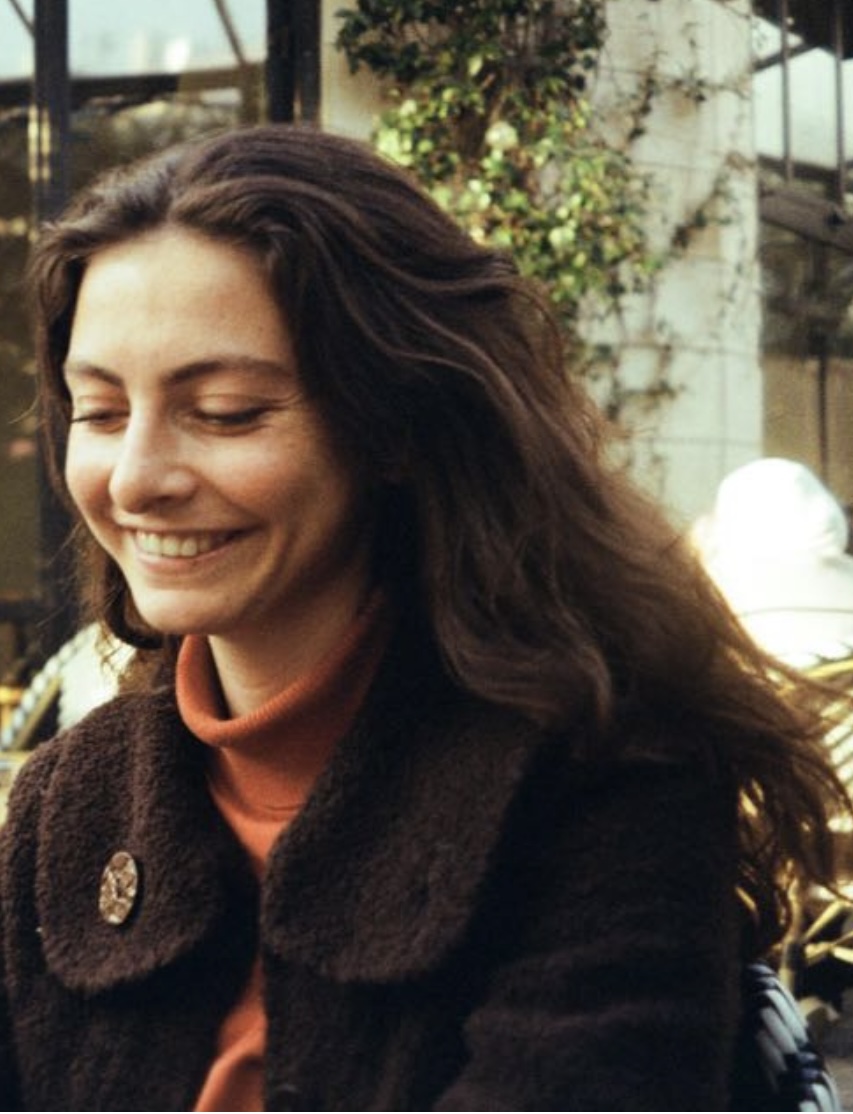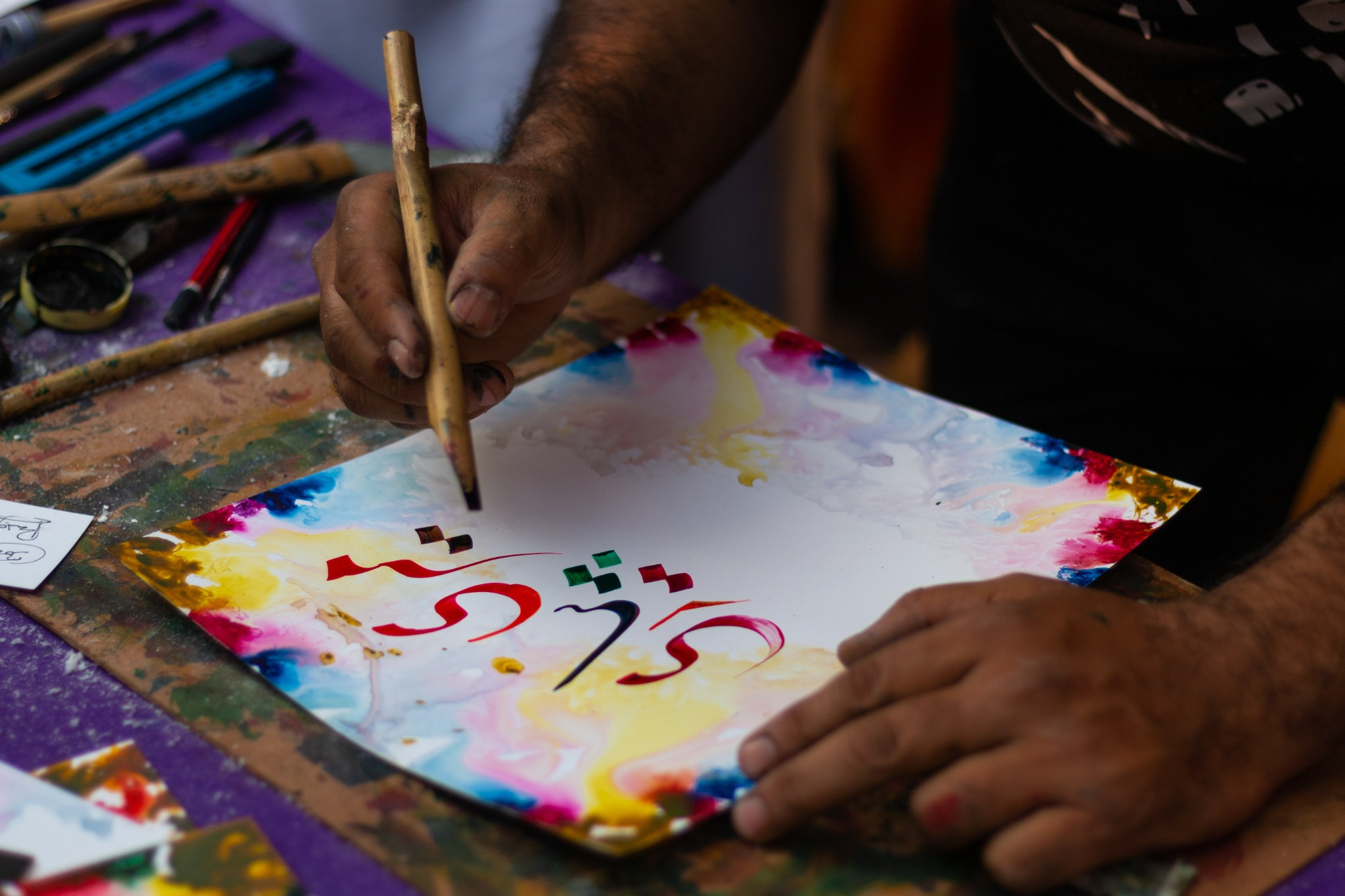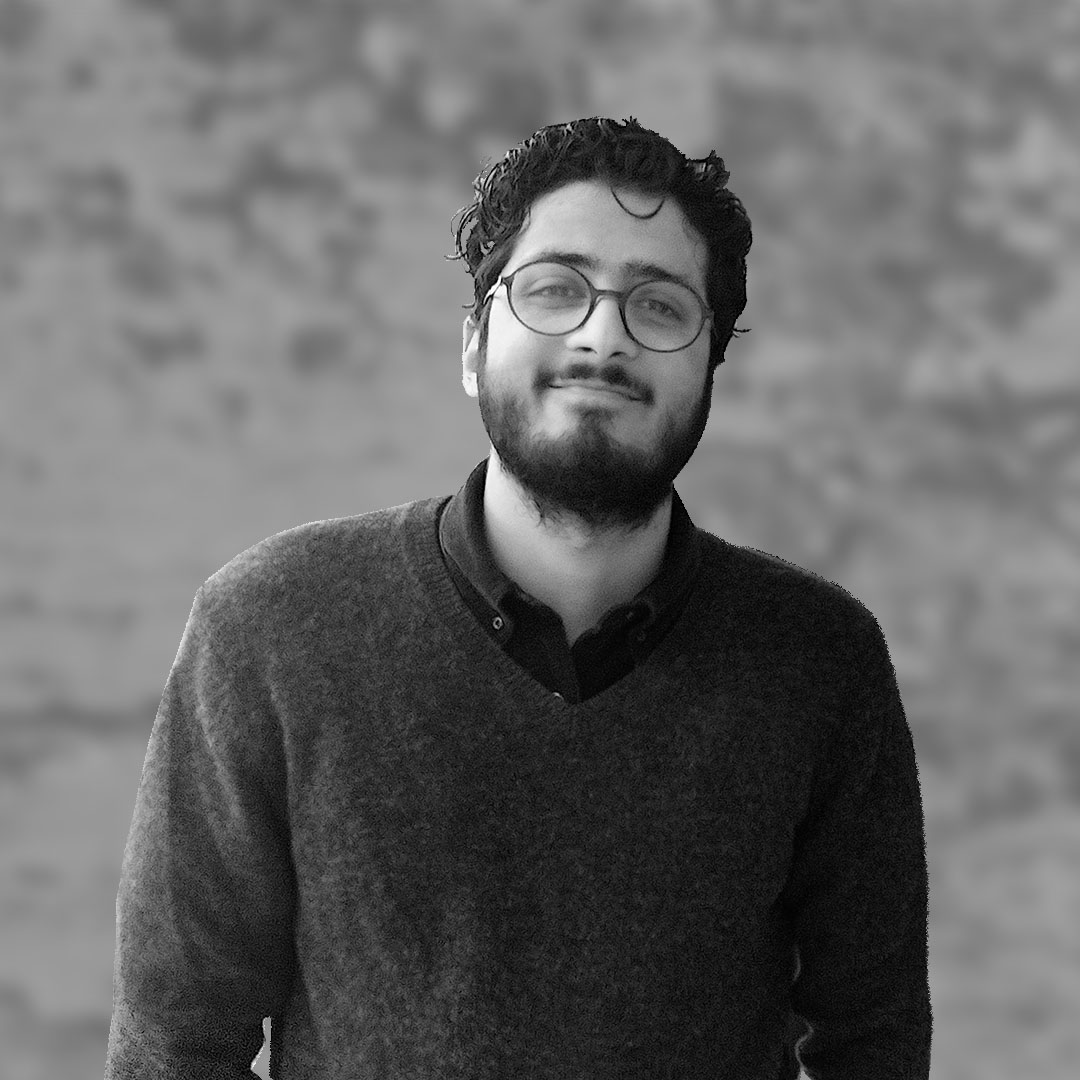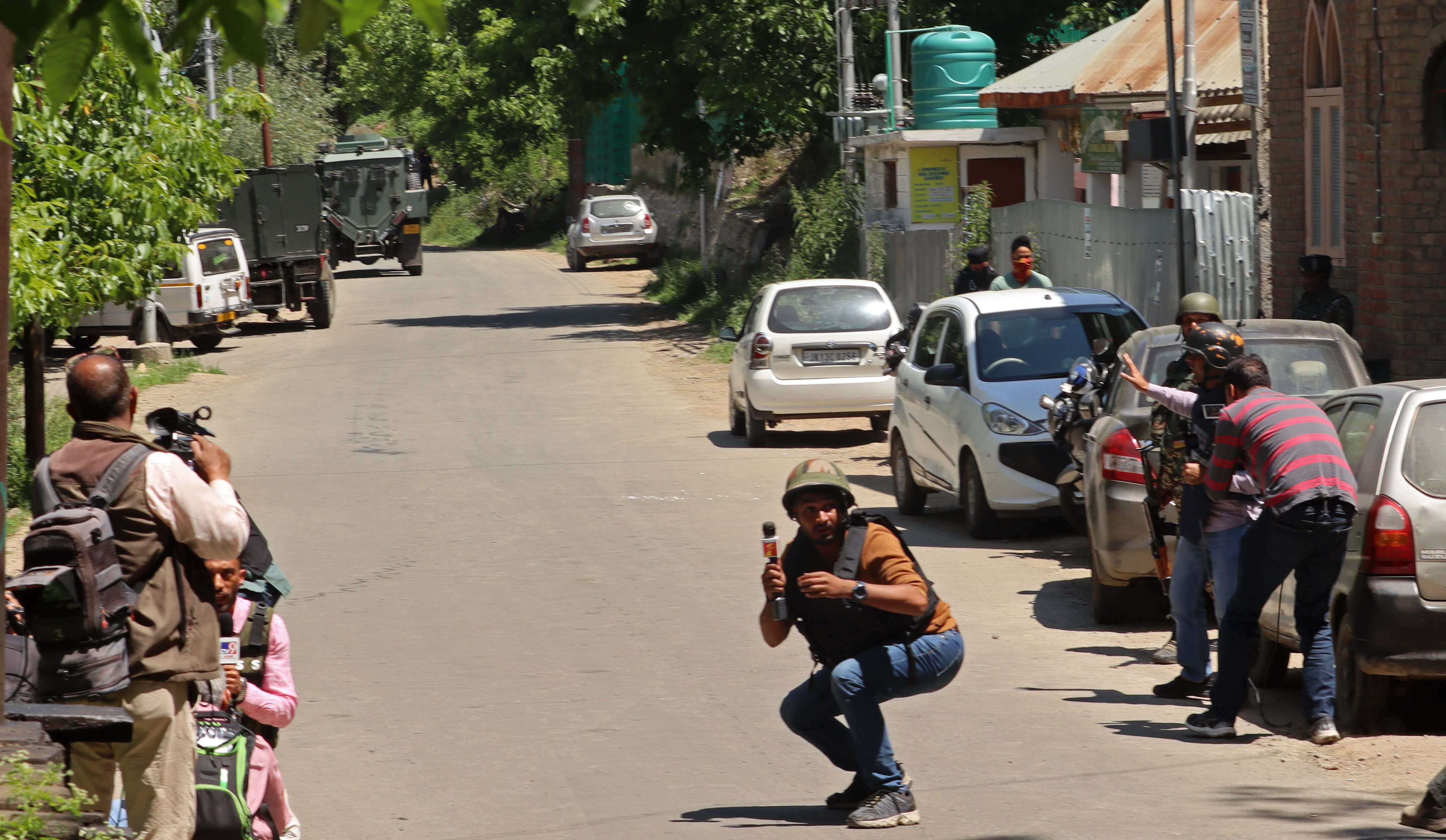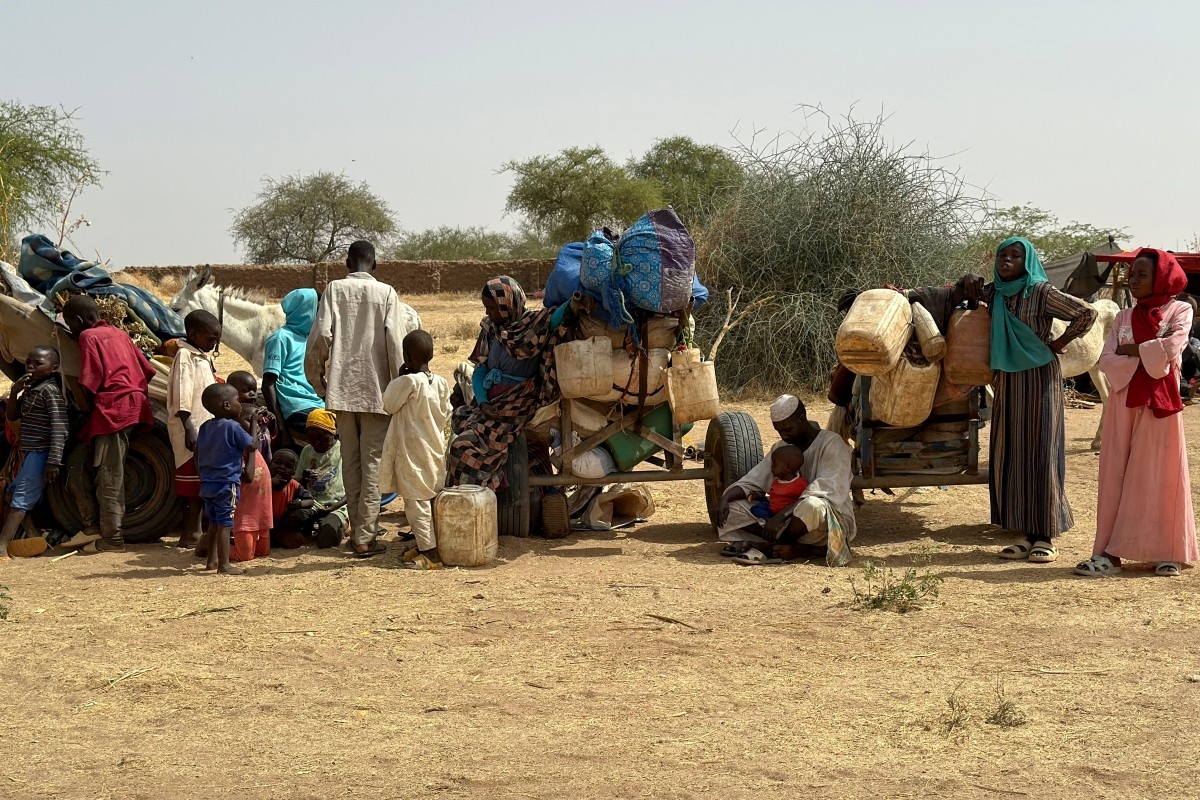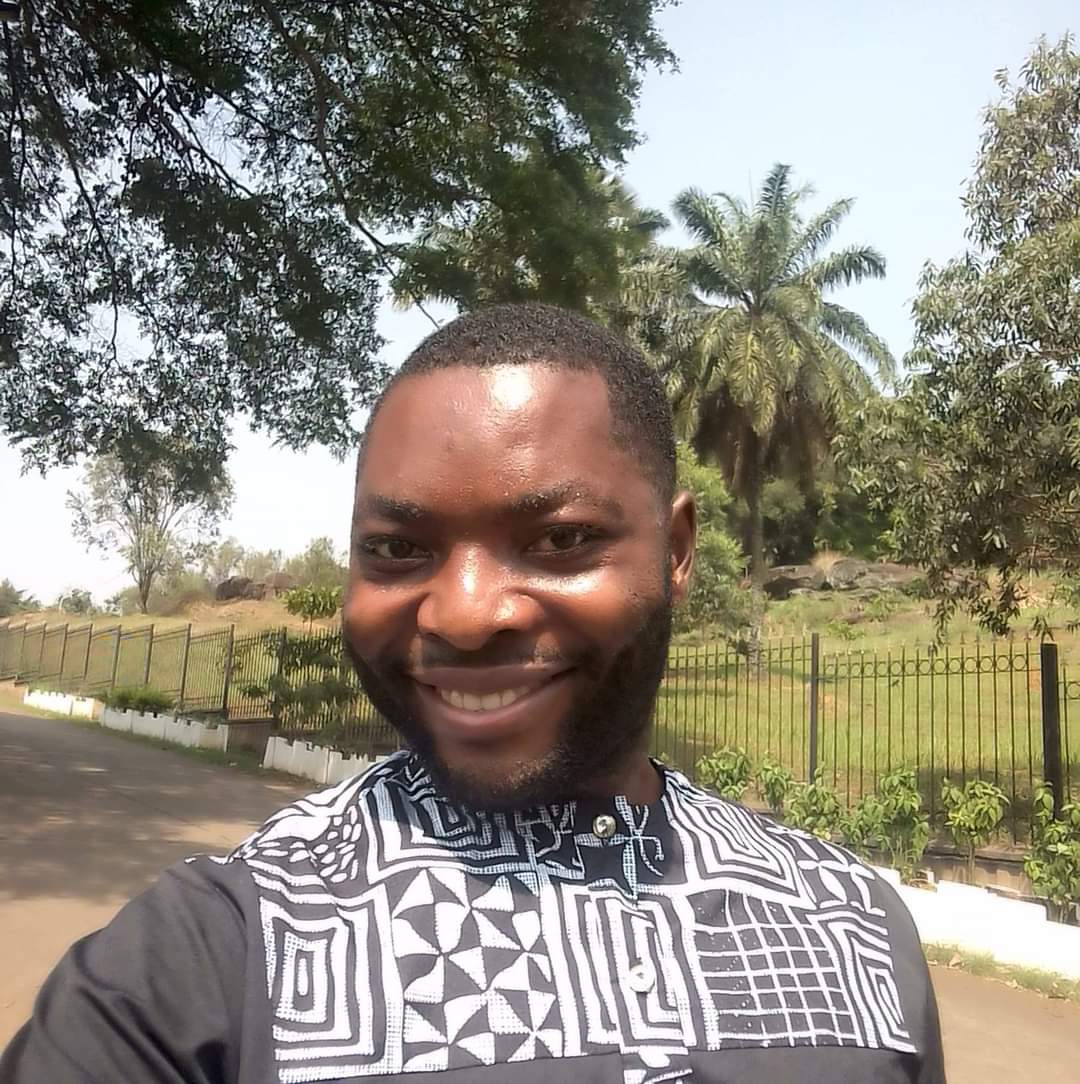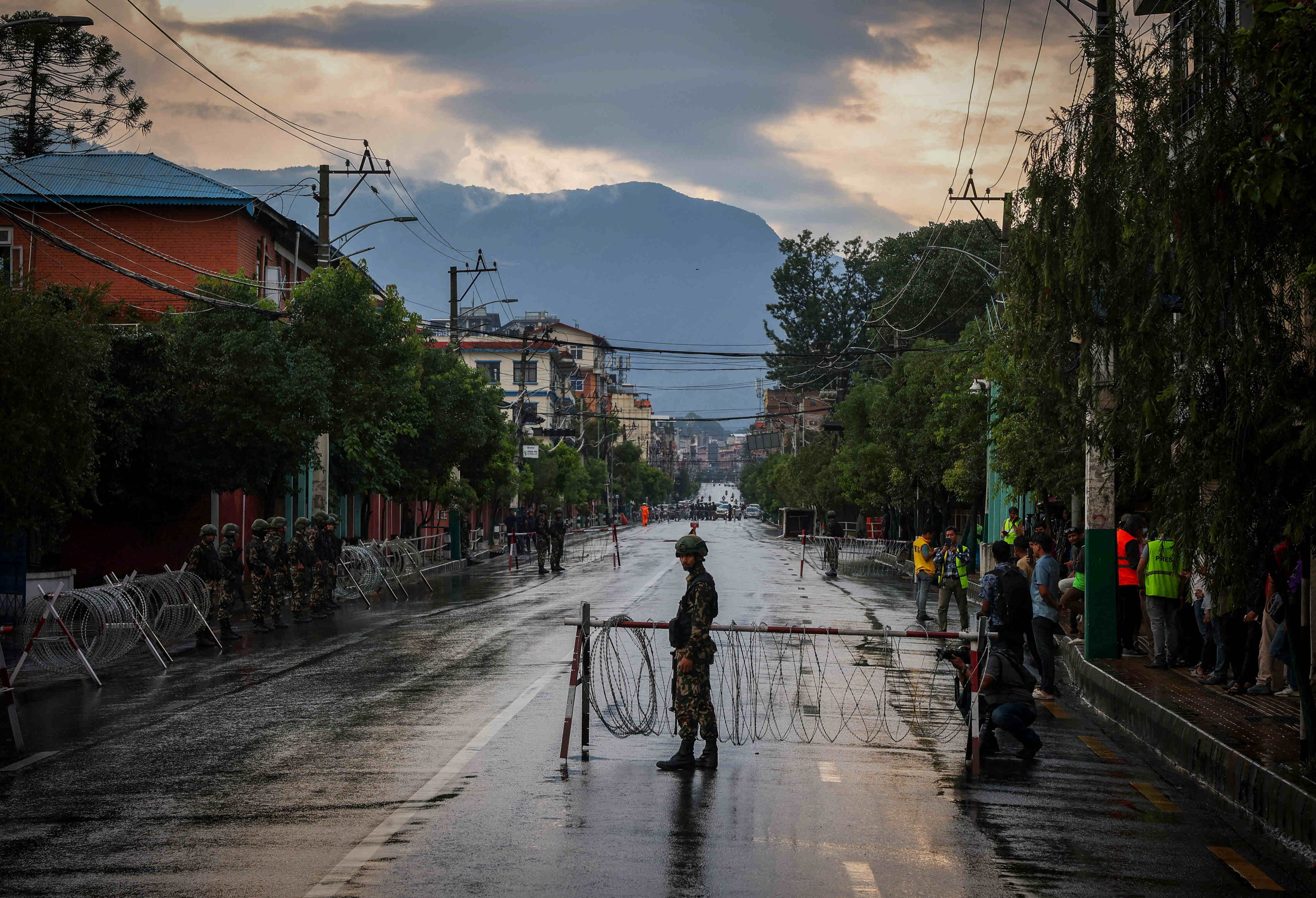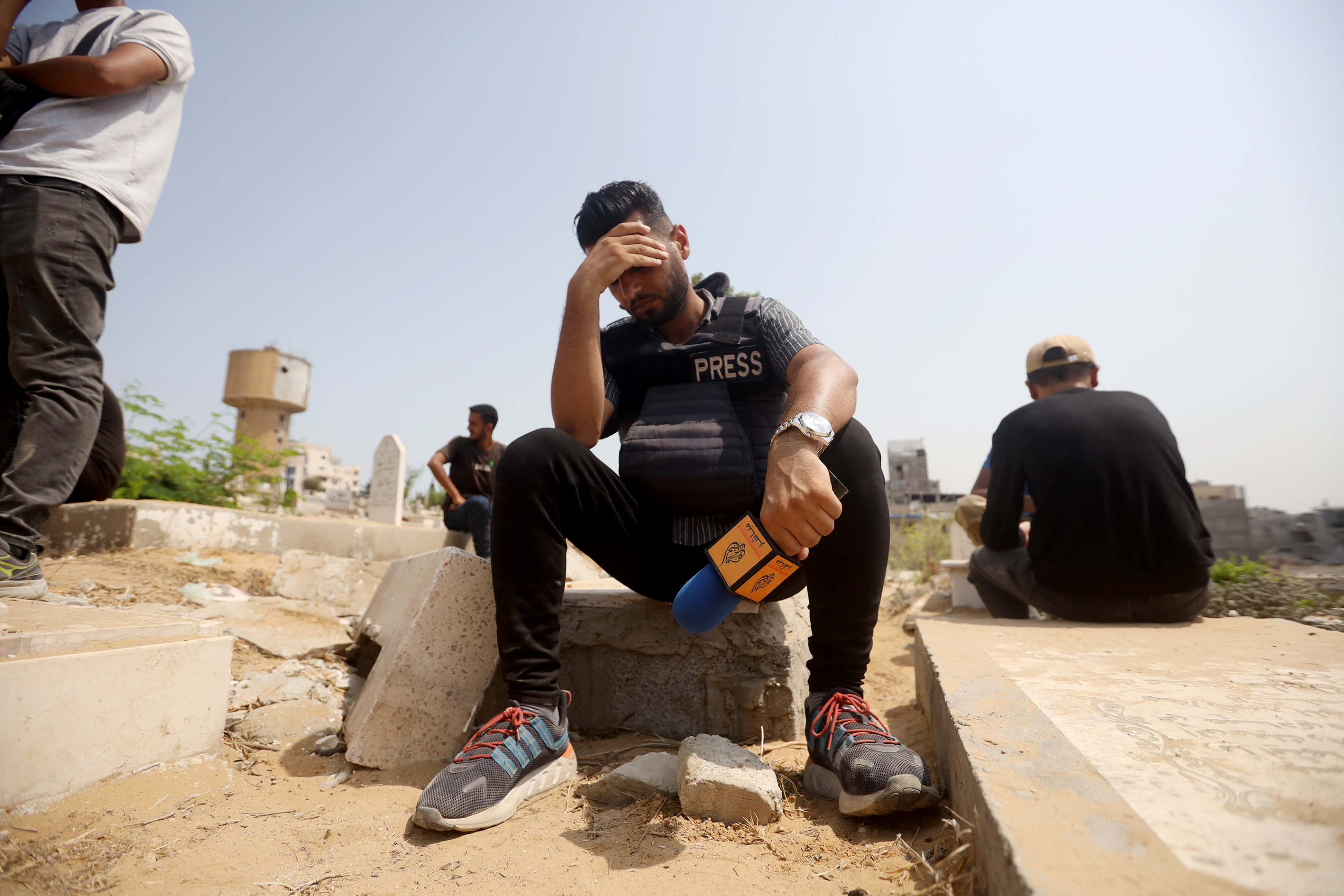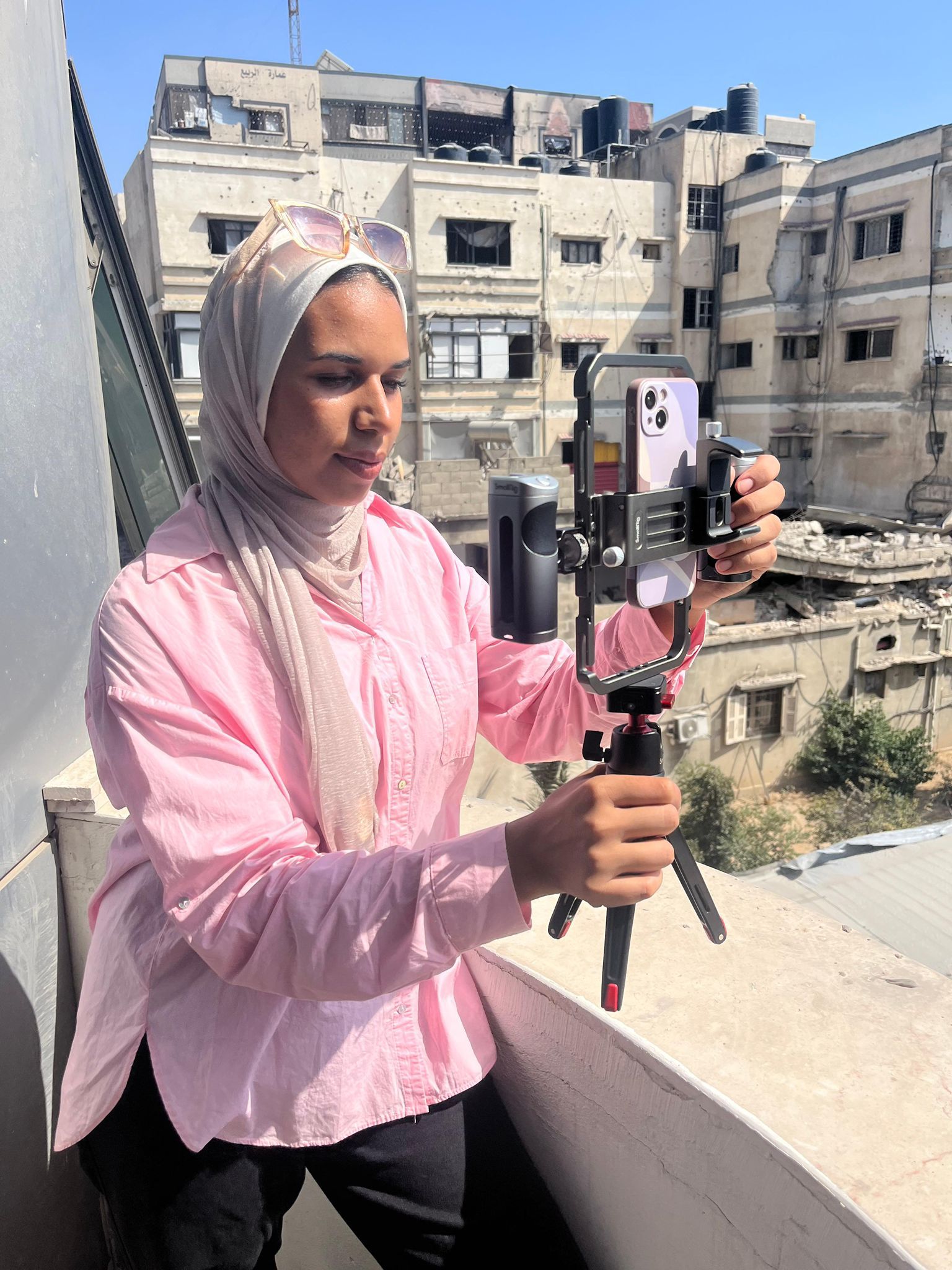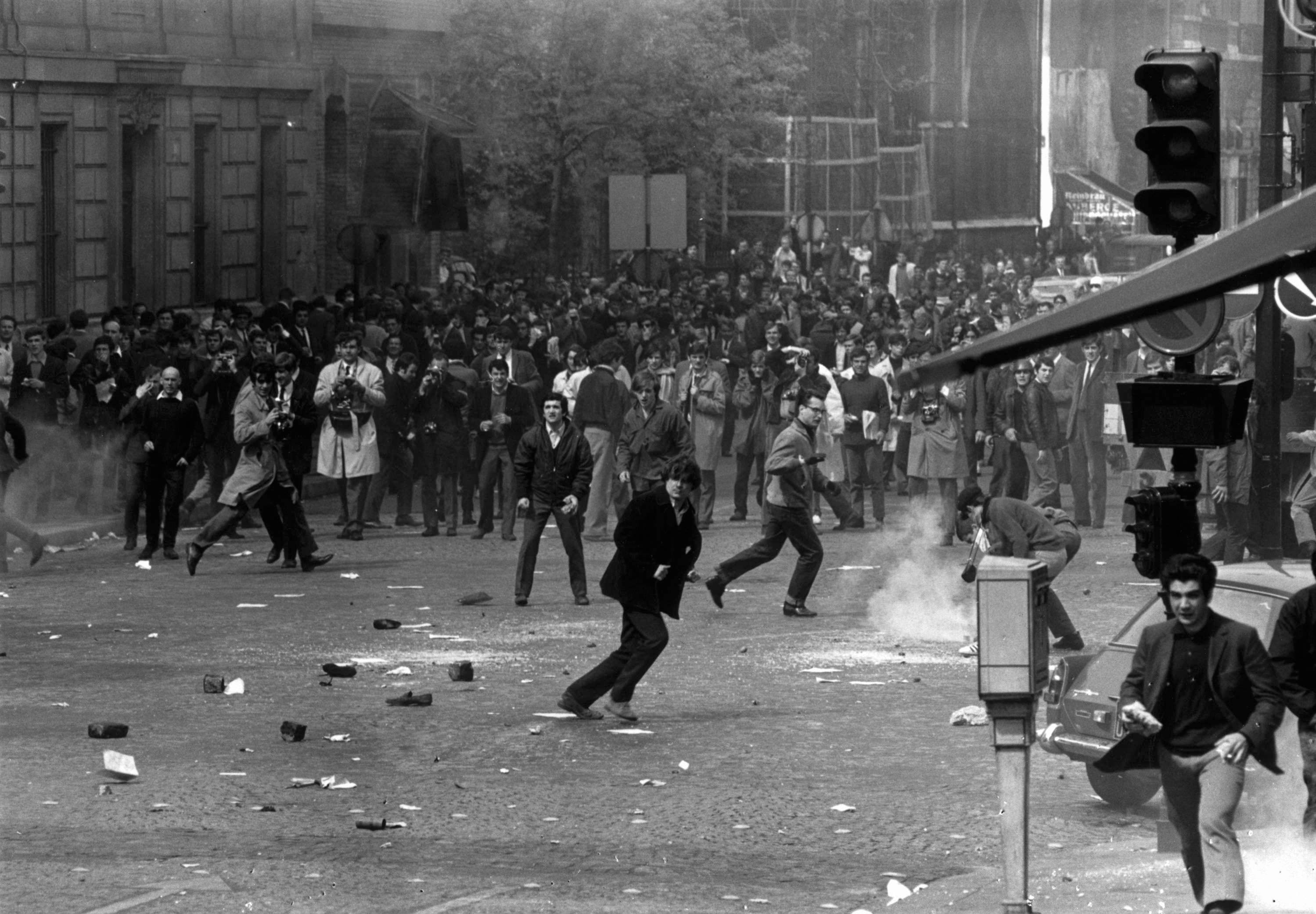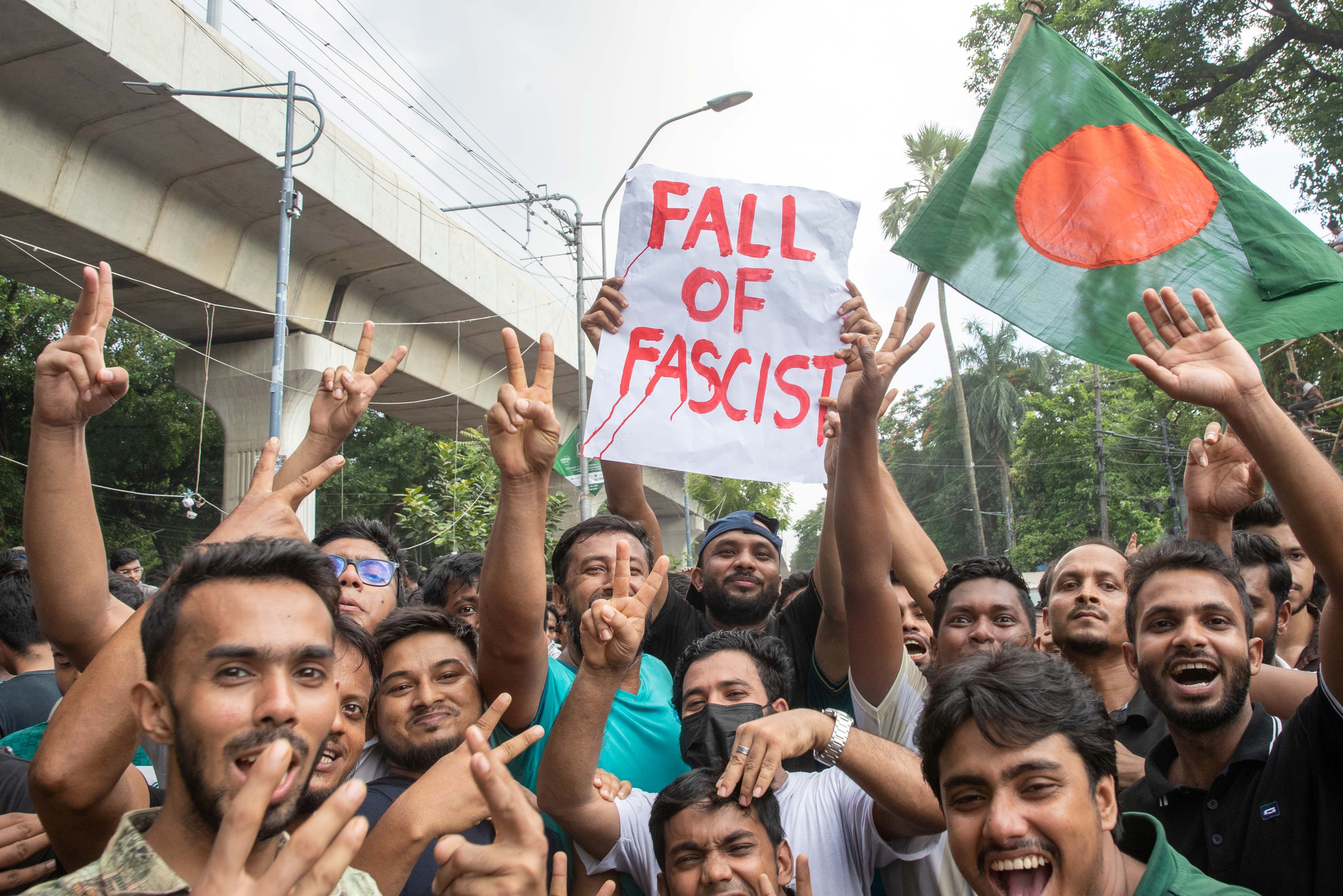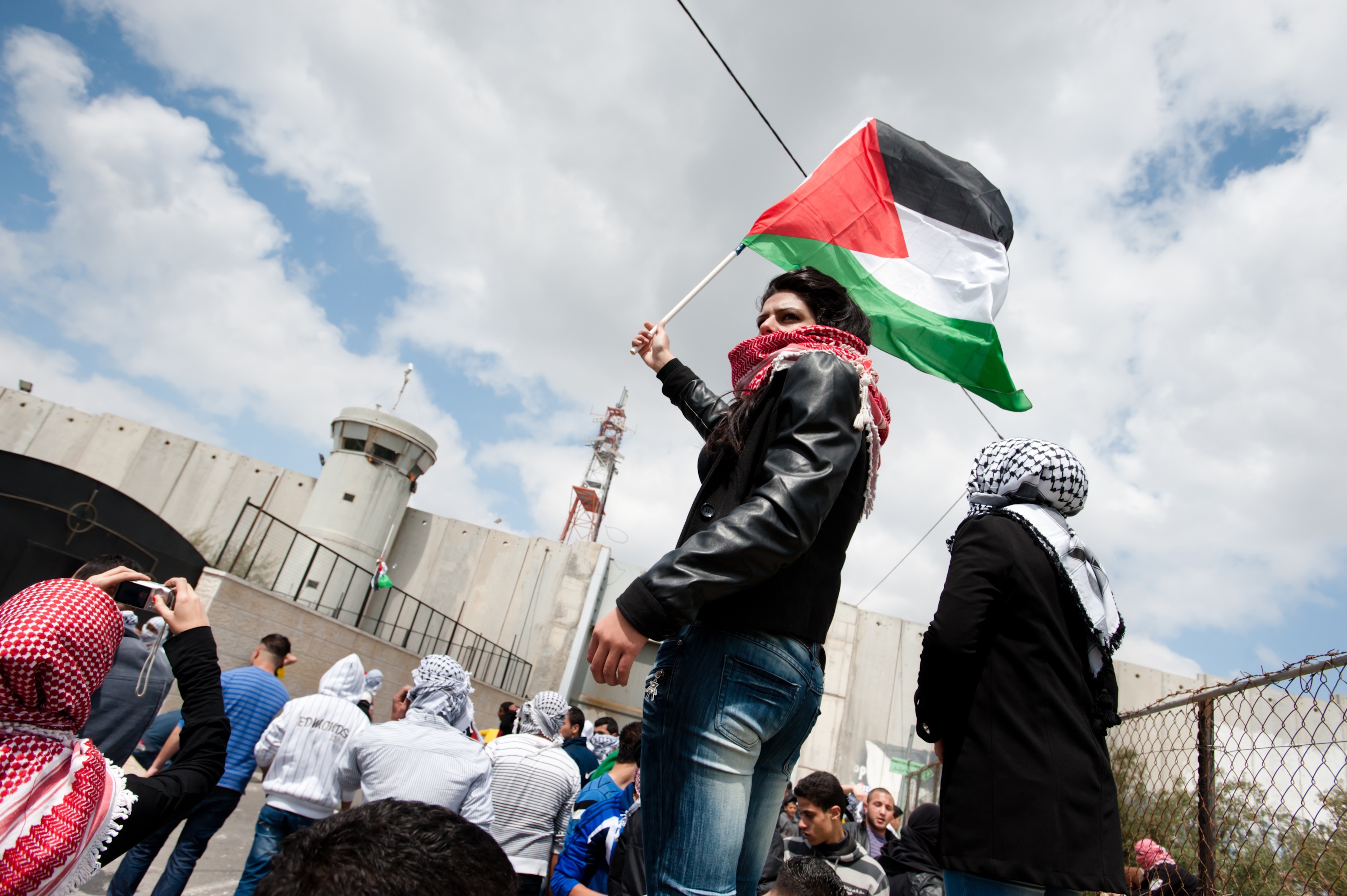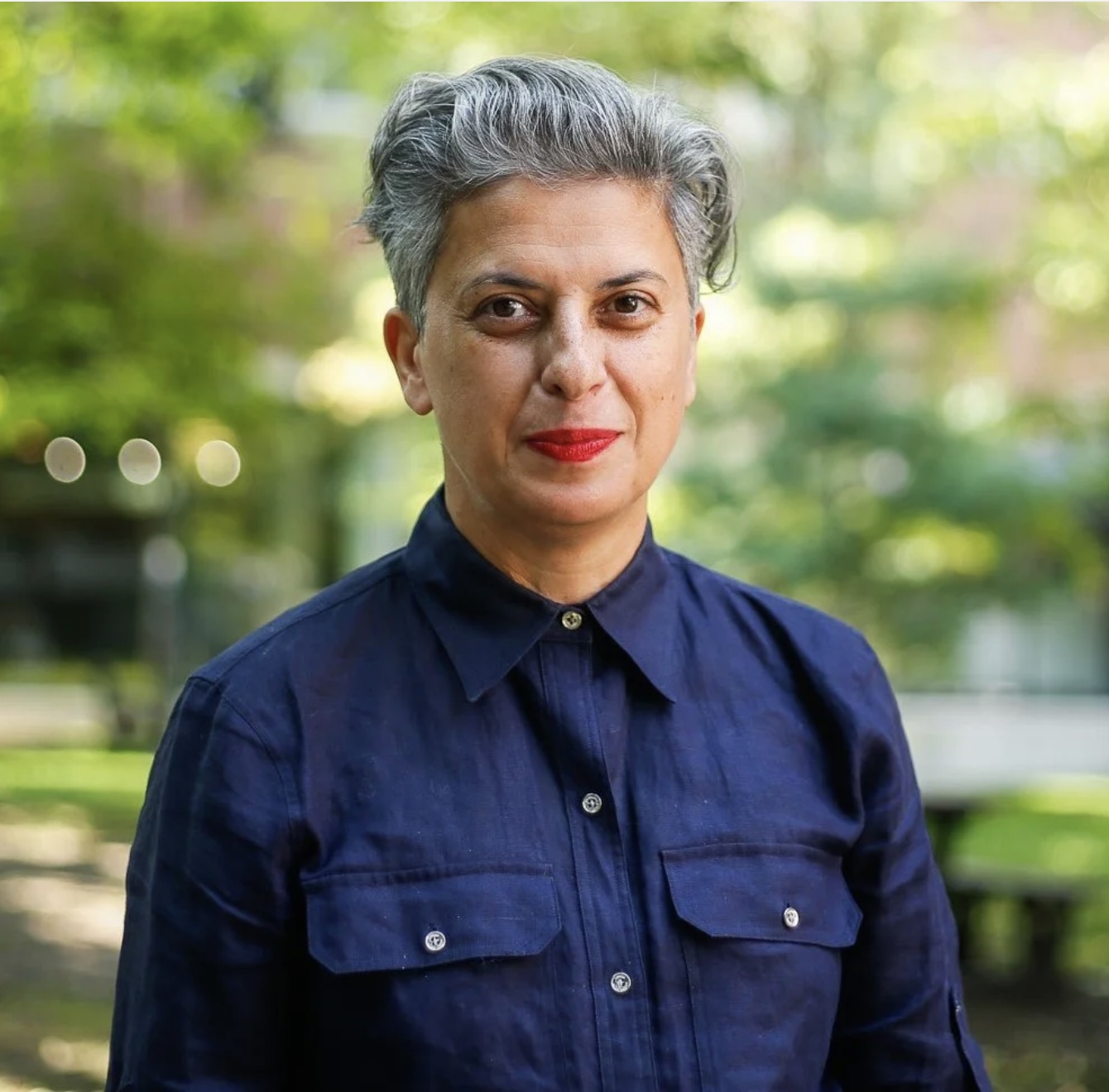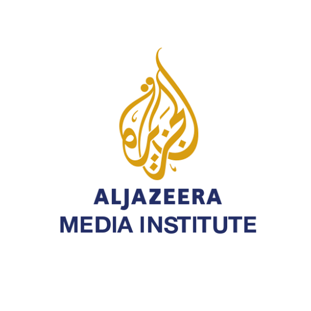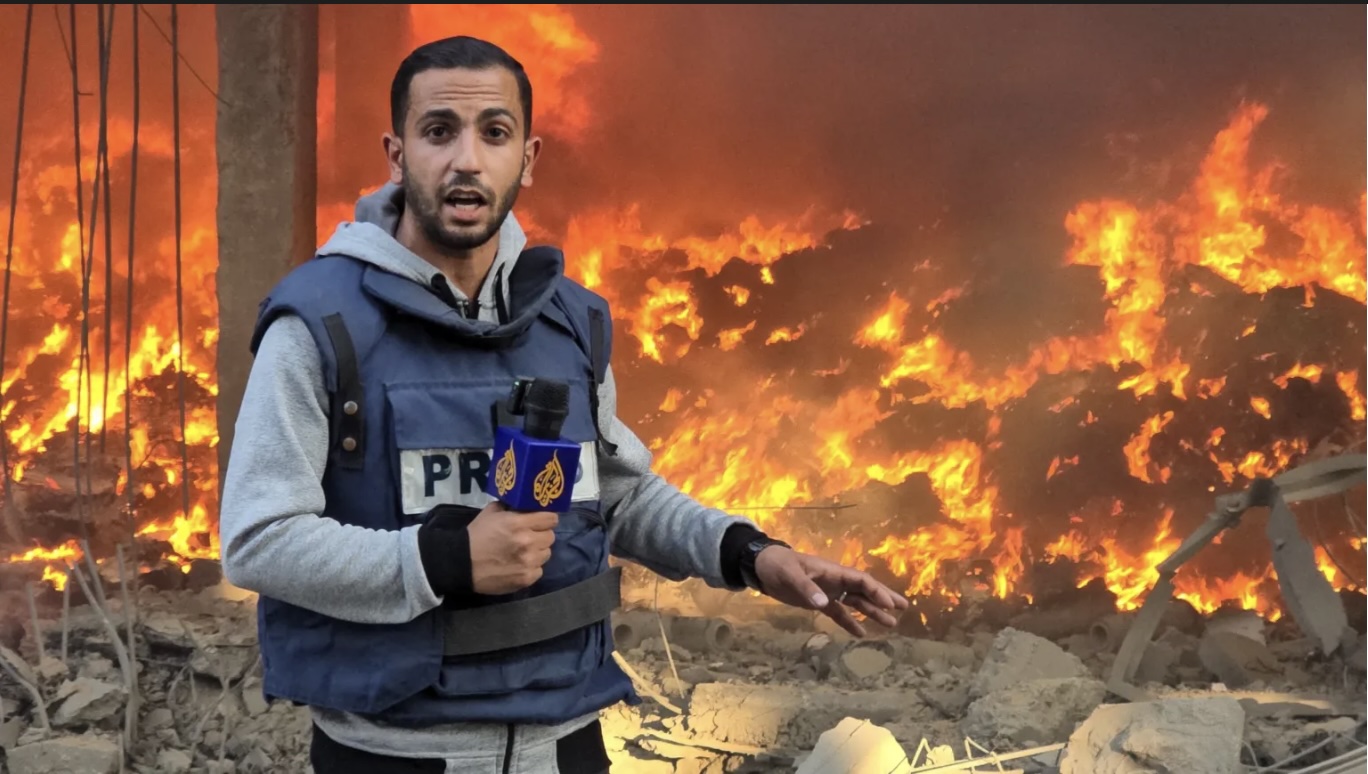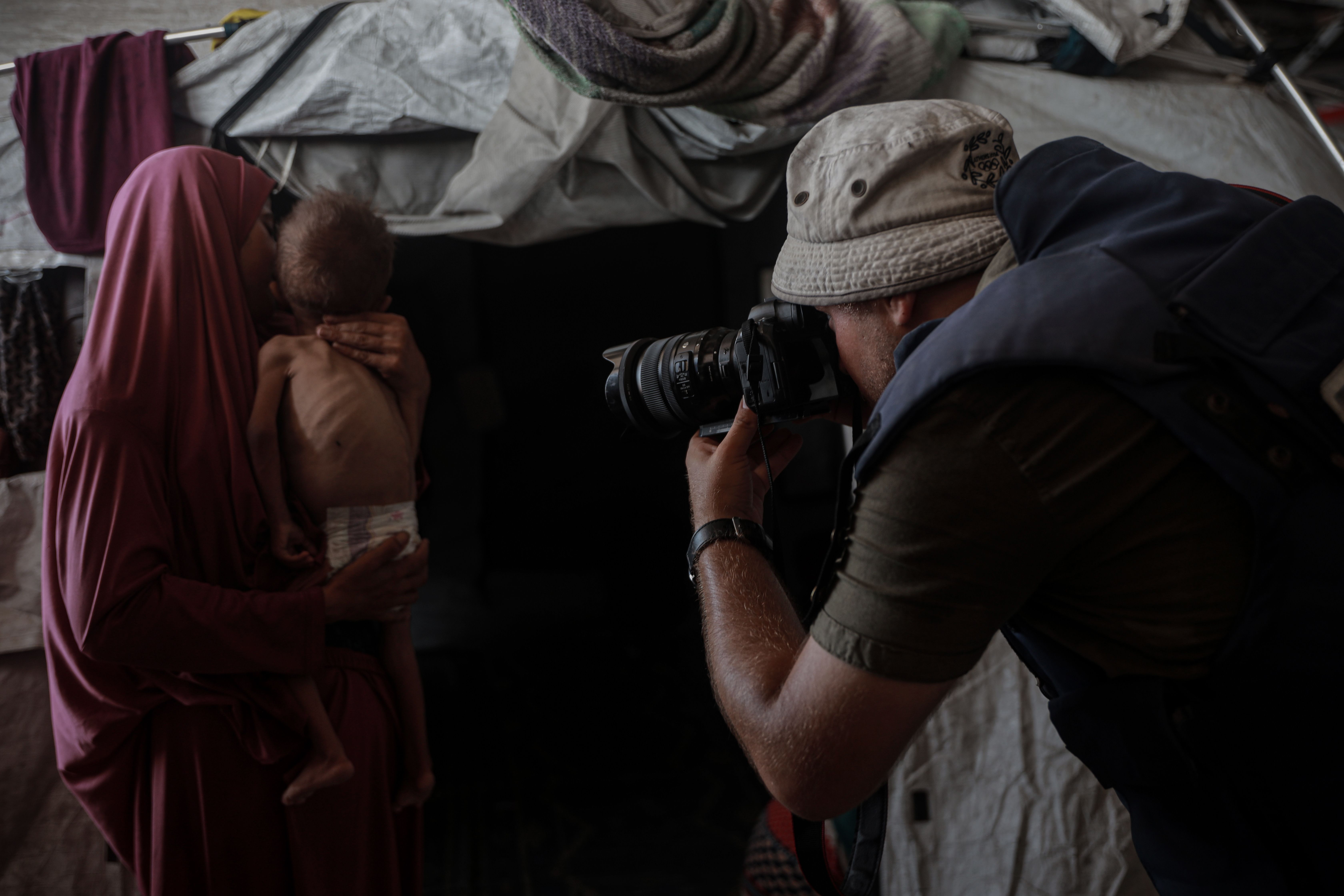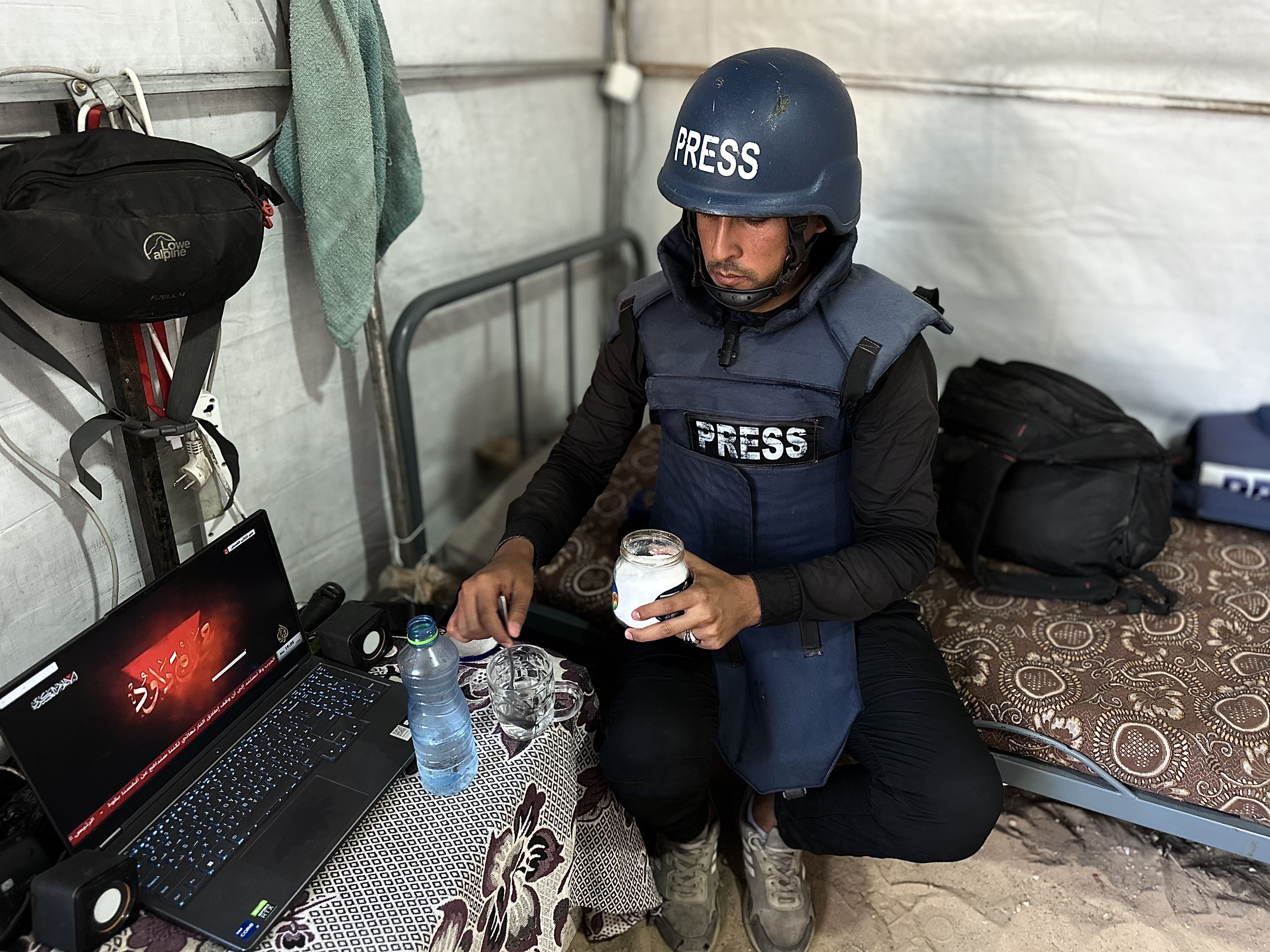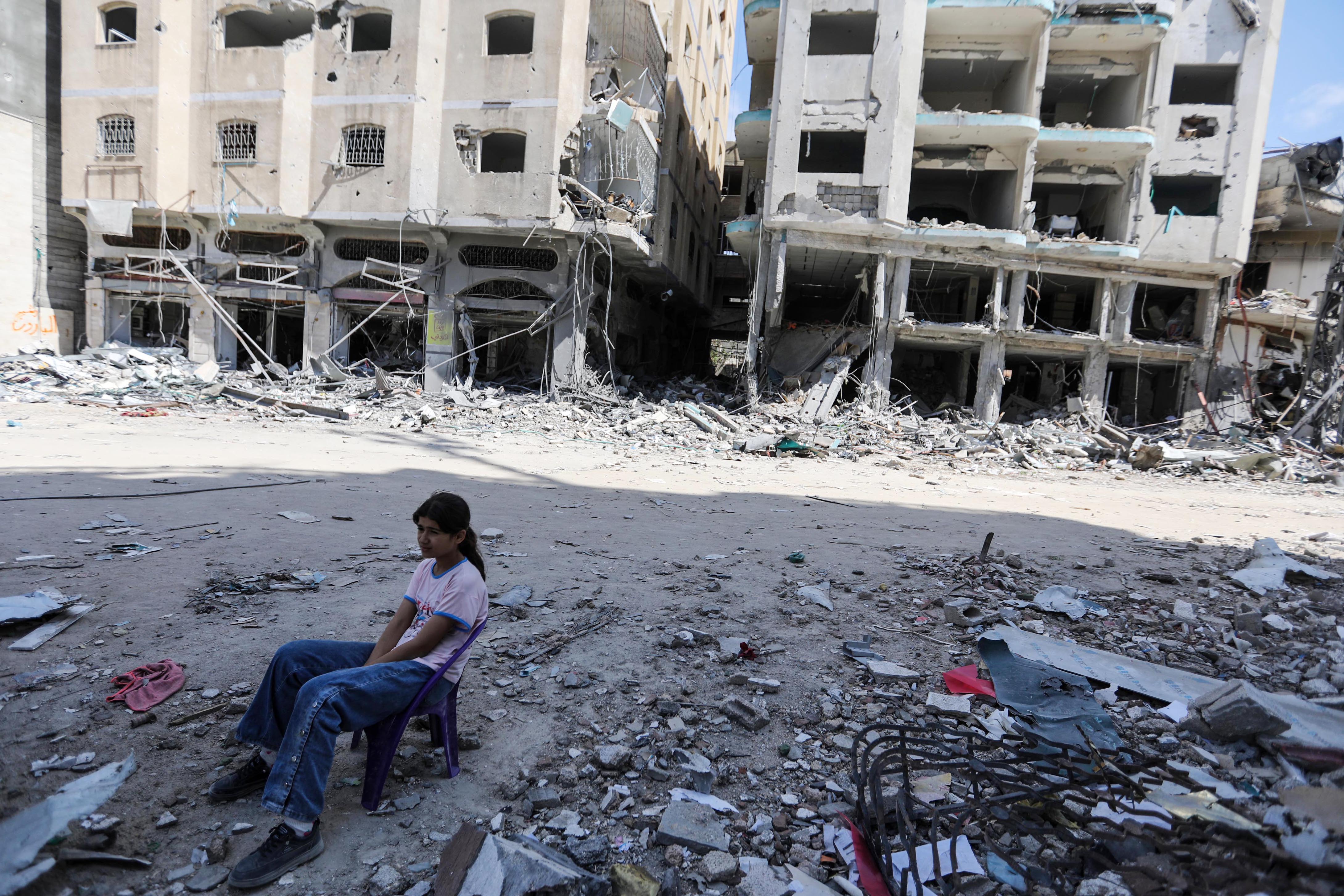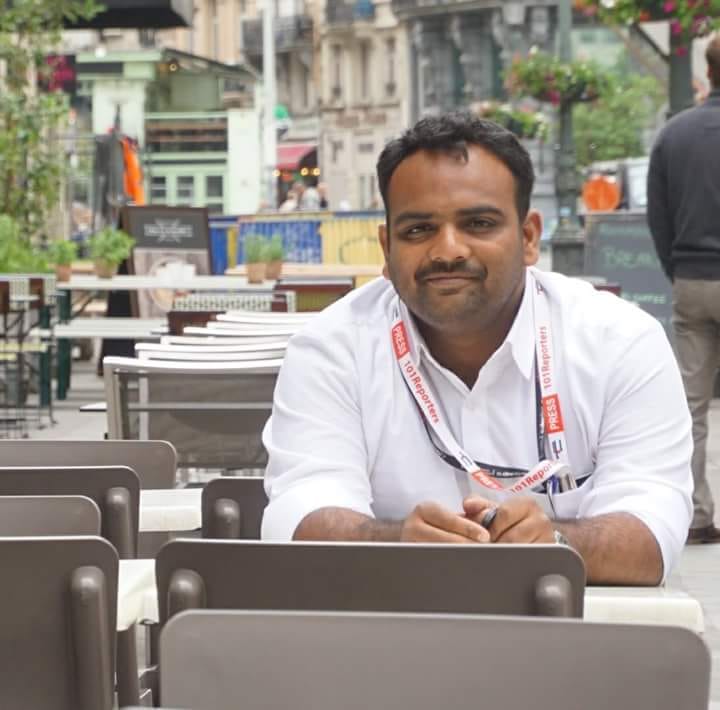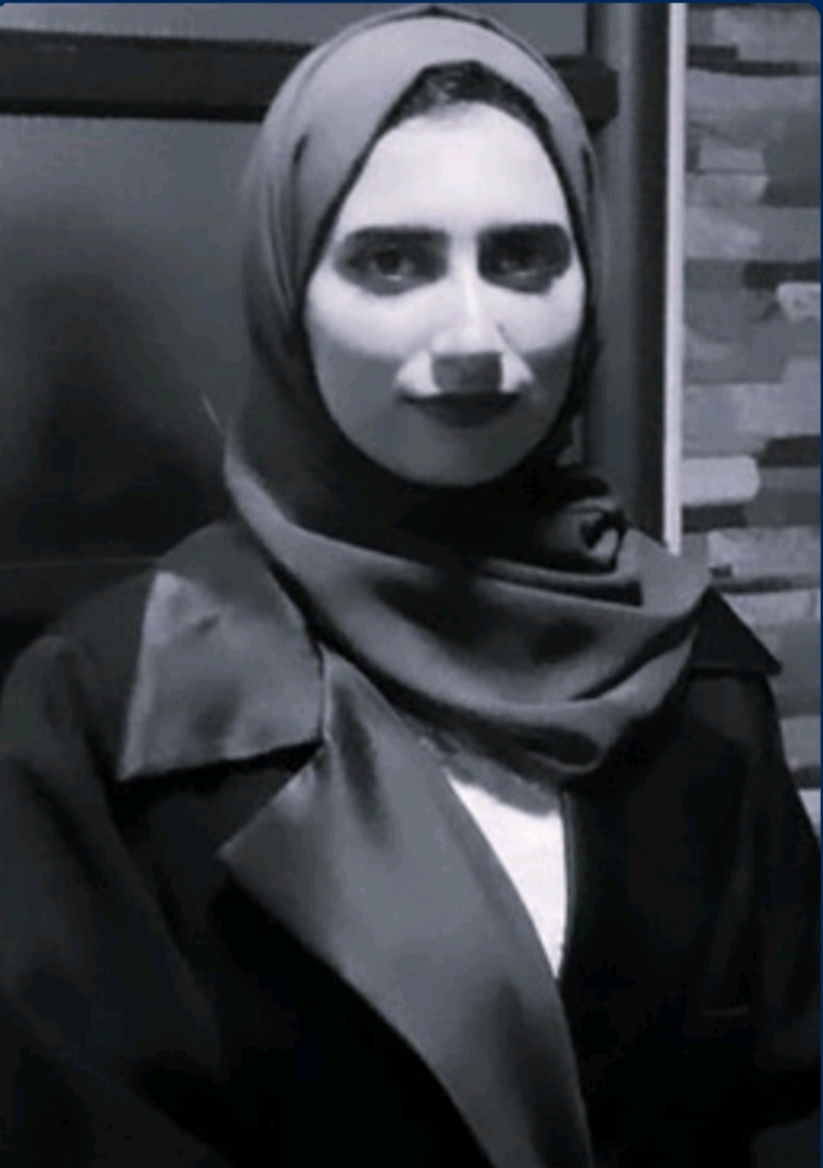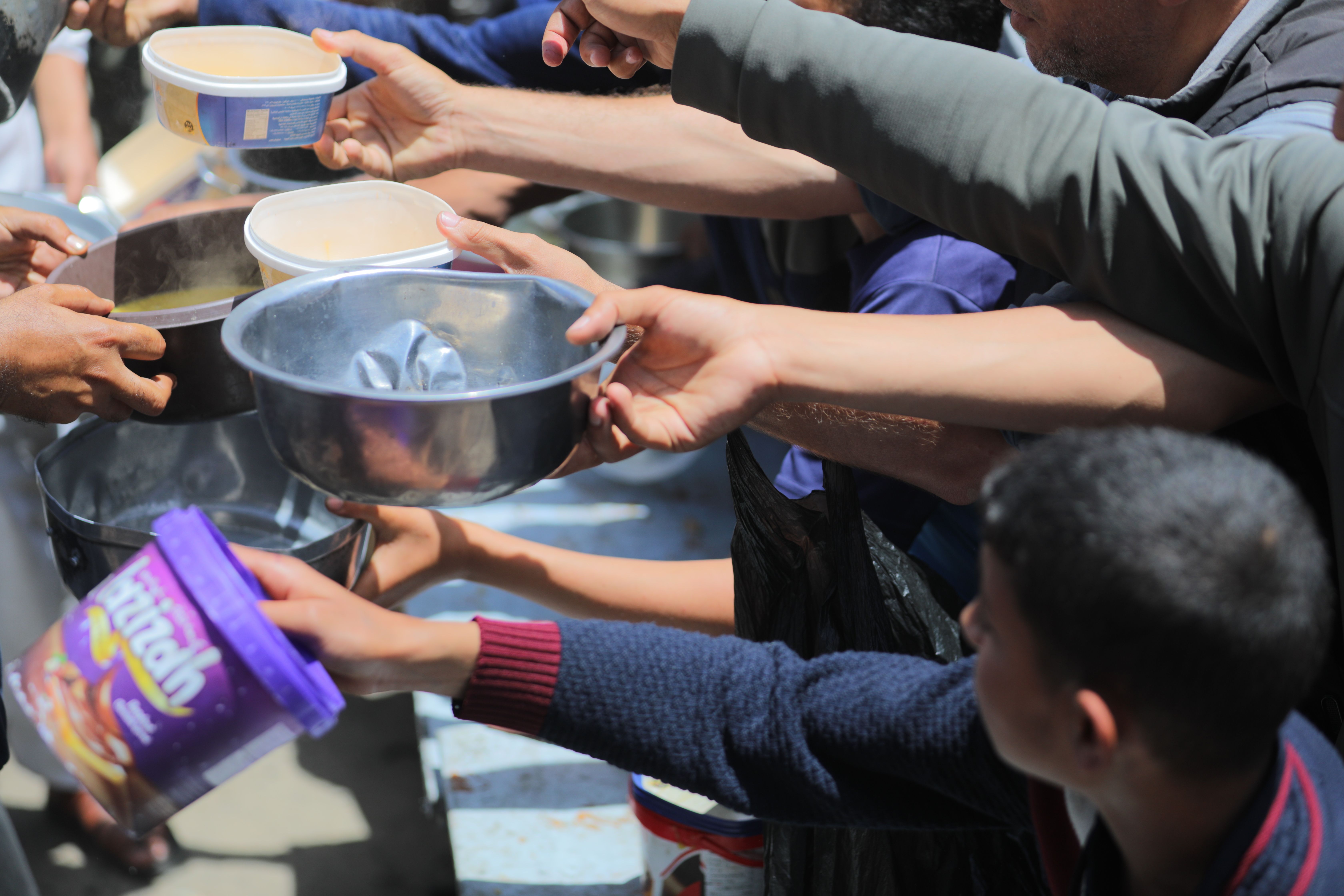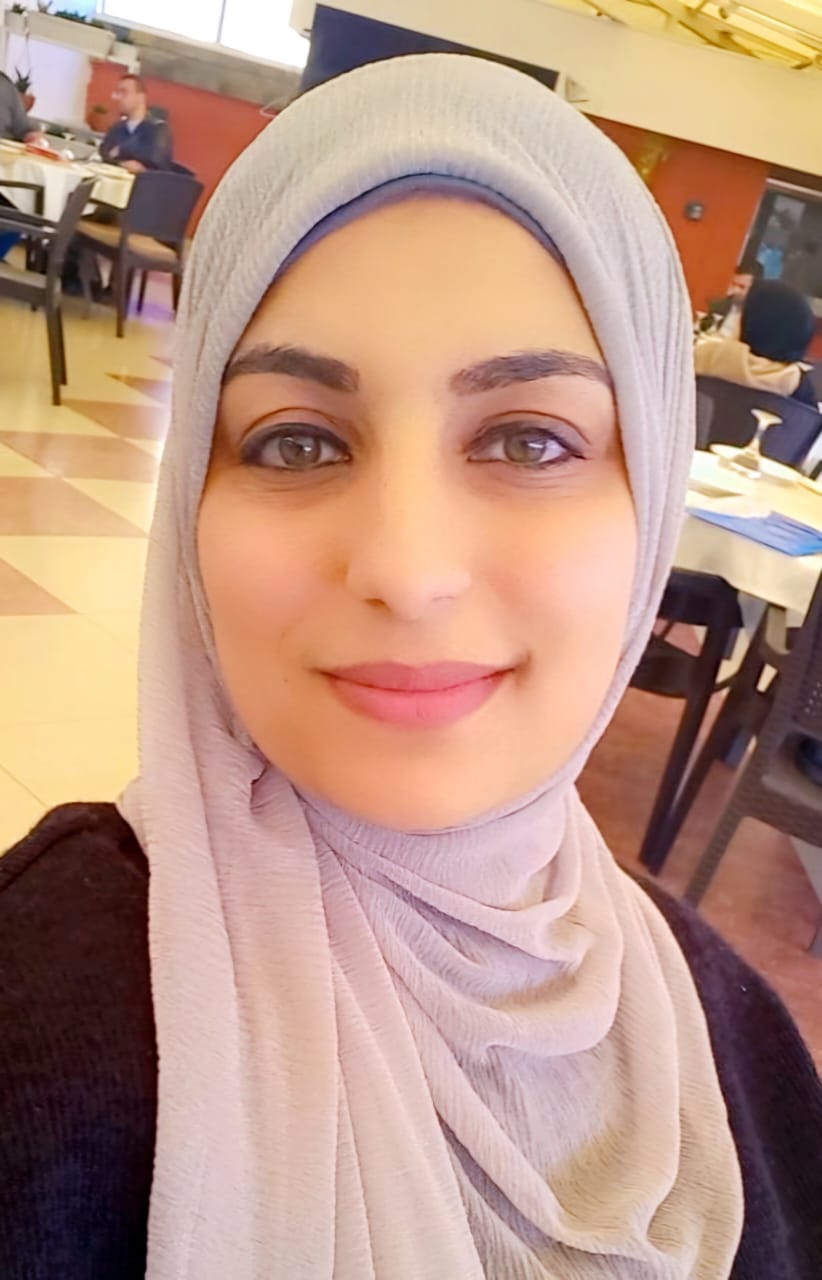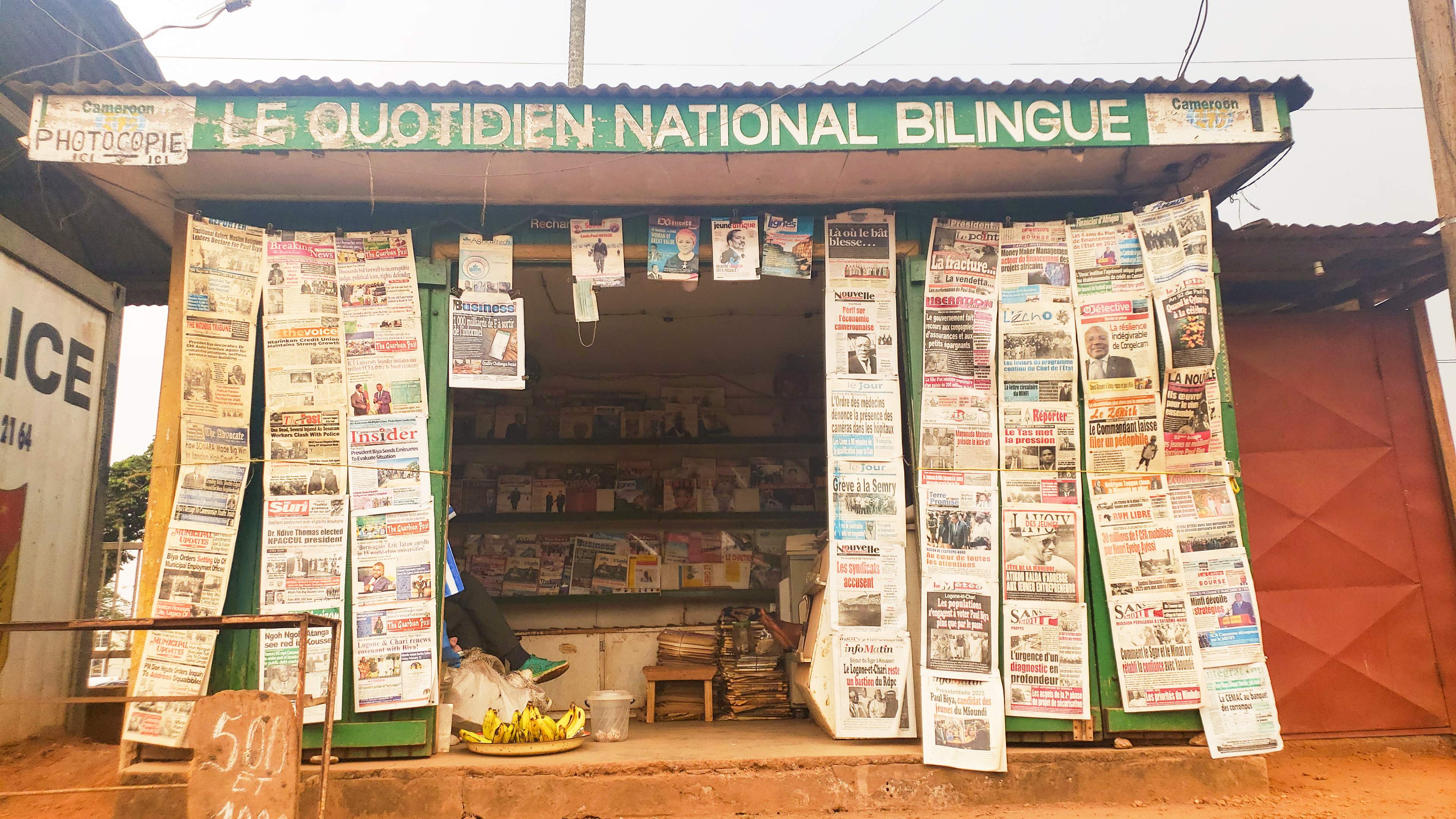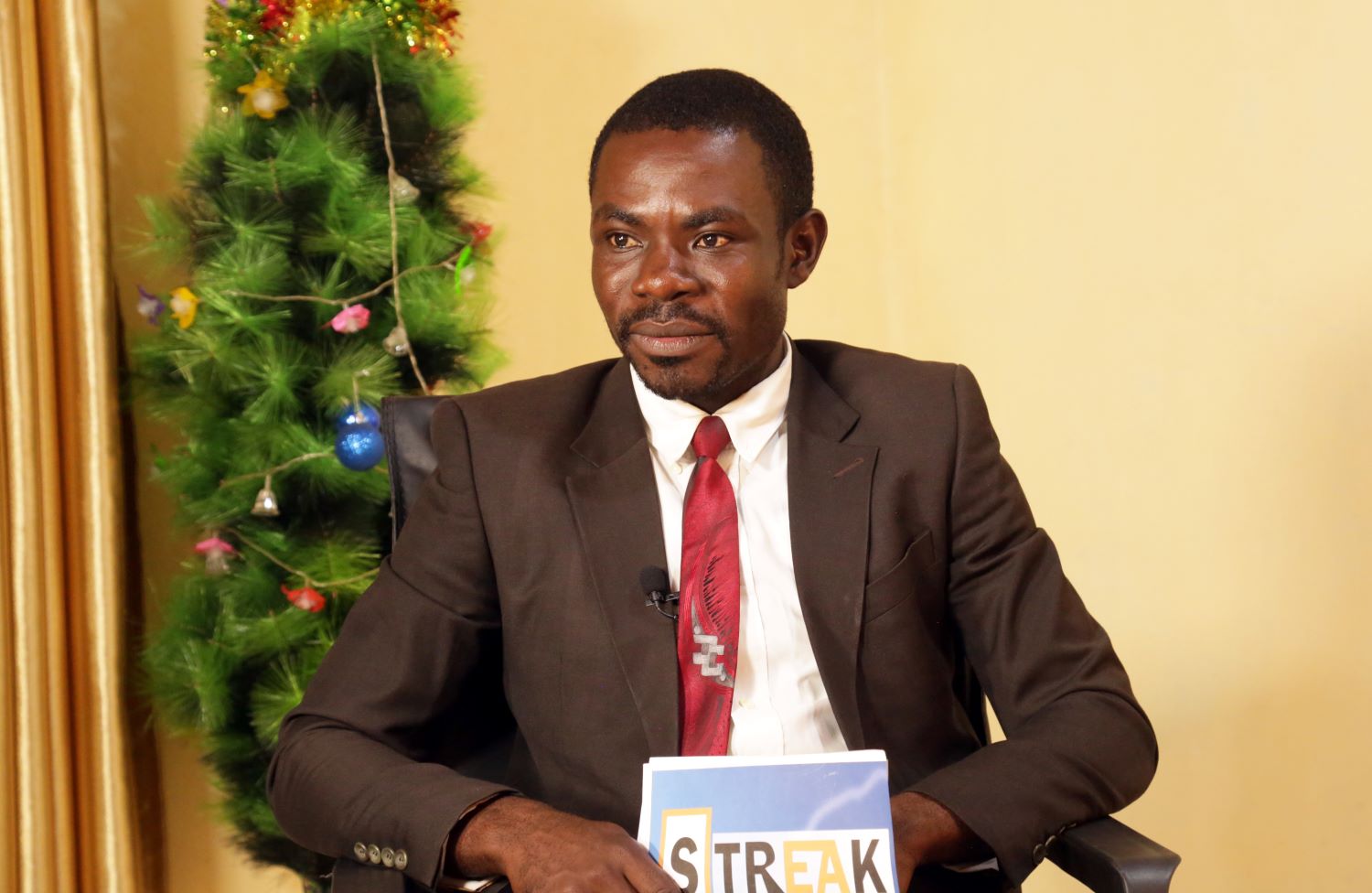تشدد غرف الأخبار على التزام أخلاقيات الصحافة والمعايير المهنية عندما يتعلق الأمر بالأطفال. في حالات مثل الحروب والنزاعات والكوارث واللجوء، يظهر هذا النقاش إلى السطح أكثر من أي وقت. مع الزلزال القوي الذي ضرب مناطق واسعة في سوريا وتركيا انتشرت صور انتشال الأطفال من تحت الركام على وسائل الإعلام والمنصات الرقمية والحسابات الخاصة للجمهور. أثارت هيئة التحرير في مجلة الصحافة نقاشا واسعا بشأن استخدام صور الأطفال، وانقسم الفريق بين من يعتبرها انتهاكا لكرامتهم، ومن يعتبرها ضرورة لإثارة انتباه الجمهور حول حجم الكارثة إذا ما استخدمت في سياقها الصحيح. هذا النقاش ليس جديدا، ولكن ارتأينا ضرورة مواصلته، وعرضهم أمامكم:
أولا: الصحفيون
· بحسب إرشادات منظمة الأمم المتحدة للطفولة (اليونيسف) للعام 2016، فإن الغاية الفضلى من التغطية الصحفية لقضايا الأطفال هي حماية مصالحهم ومناصرة حقوقهم. ولا تنصح المبادئ الأخلاقية بتجنب مقابلة الأطفال أو نشر صورهم، لكنها تضع مجموعة من المحددات التي تحترم كرامتهم وتحقق مصالحهم، ولا تعرضهم للخطر.
· تدعو العديد من المنظمات الدولية إلى تبني مجالات جديدة في الصحافة مثل صحافة السلام، والصحافة البناءة. وهو نقاش مستمر حول دور مهنة الصحافة لا يحدده في الإخبار فقط، وإنما المساهمة في التوعية والمناصرة. إنه وضع ملائم يسمح لنا بالنفاذ إلى الجدل حول تغطية كارثة الزلزال في سوريا وتركيا.
· في حالة الزلزال الذي ضرب مناطق واسعة في سوريا وتركيا، يمكن استخدام صور الأطفال بهدف إثارة انتباه الرأي العام لحجم الكارثة، وتوعيته بشأن وسائل الدعم والمساعدة، طالما أن هذا الاستخدام لا يعرض الأطفال للخطر أو ينتهك كرامتهم أو يسبب لهم الوصمة، وهو مصطلح أكثر ما يستخدم في قضايا الاعتداءات الجنسية واستغلالهم في ظروف سيئة.
· من الضروري أن تذكر غرف الأخبار بأخلاقيات ومبادئ المهنة مع تغطية تداعيات الزلزال خاصة على الأطفال، وأن تكون لديها منهجية واضحة في اتخاذ القرارات وبناء رأي تحريري بعيدا عن الارتجال لتجنب وقوع الأخطاء التي تنتهي بالضرر على الأطفال والجمهور معا.
· يجب أن ينطوي النقاش داخل غرف الأخبار على القيمة الخبرية، والأضرار المحتملة إذا وجدت، ومراعاة المبادئ والأخلاقيات.
· في المقابل يجب الانتباه إلى عدم استغلال صور الأطفال في حصد المشاهدات والنقرات، والاستعطاف المجاني بغية جذب الجمهور وتحقيق الانتشار.
· ضرورة استخدام الصور في سياق واضح كالإشارة إلى وجود ضحايا أو عمليات الإنقاذ أو نقص في وسائل الدعم والغذاء... إلخ، ودون اقتطاعها لاستثارة العواطف.
· التعسف باستخدام صور الأطفال في كارثة الزلزال قد يعطي أثرا عكسيا، ويطبع الجمهور مع المشاهد الصادمة، التي قد لا تتحول في الوقت الراهن إلى خبر يؤدي التعاطف ودعم حقوق الأطفال، ولاحقا إلى وثيقة للمساءلة بشأن الإهمال قبل وأثناء وبعد الكارثة.
· كثرة الصور وكثافتها قد يغرق وسائل التواصل الاجتماعي بالمحتوى، ويقدم للجمهور -ربما- معلومات أكثر من قدرته على استيعابها ولتعامل معها. قد يتسبب ذلك في إزاحة المعلومات الهامة إلى الهامش.
· إخفاء وجه الطفل إذا تطلب الأمر أو استخدام اللقطات البعيدة، التي تخفف من وطأة الصور القاسية. وهنا نذكر بالمبادئ الأخلاقية لمنظمة الأمم المتحدة للطفولة (اليونيسف)، وملخصا أعده الزملاء في شبكة الصحفيين الدوليين:
أخلاقيات التغطية الصحفية لقضايا الأطفال
المهارات الإعلامية، وأخلاقيات صحافة حقوق الطفل
ثانيا: الجمهور
· نقصد الجمهور على شبكات التواصل الاجتماعي الذي ينشر ويروج صور تداعيات الزلزال، خاصة الأطفال. وفي حين أن نقاش مجلة الصحافة ينصب على ممارسات الصحفيين والمؤسسات الصحفية، إلا أن الجمهور أصبح معنيا اليوم لأنه أخذ دورا من أدوار الإعلام. في كثير من الأحيان لعب الجمهور دورا مهما في نقل الصور والأخبار، والوصول إلى مناطق لا يصل إليها الصحفيون. ويجب أن ننظر إلى الجانب الإيجابي، والتنبيه إلى مواضع الخطأ.
· البعض قد يستخدم صور الحوادث عموما والأطفال خصوصا لحصد المشاهدات وزيادة عدد المتابعين. وجدنا أن من بين هؤلاء من يوصفون بأنهم "مؤثرون"، وفي خارج أوقات الأزمات يستخدمون نفس الحسابات، ويستثمرون عدد متابعيهم للترويج التجاري. لا يمكن فرض قواعد على السوق والممارسات أو التعميم، لكن يمكن أن نشجع الجمهور على مساءلة أي شخص، وإثارة النقاش الذي يحترم الرأي والرأي الآخر، خاصة إزاء المؤثرين طالما أنهم ينتجون المحتوى، ويقدمونه للجمهور. نؤمن أنه مع الوقت تستطيع المنصات تنظيم نفسها والتعارف على أخلاقيات. وهذا لا يلغي دور المؤسسات المعنية. كما أن بعض المؤثرين يلعبون دورا إيجابيا ومفيدا في أوقات الأزمات.
· في تقديرنا، لا يجب محاكمة الجمهور ولومه خاصة في حال عامة من الحزن والتعاطف، مع ضرورة توعيته بالأضرار المترتبة عن الترويج الخاطئ لصور الأطفال، وأي انتهاك لحقوقهم وكرامتهم. بعض الأخطاء التي تقع من قبل الجمهور هي بسبب نقص المعرفة. المنظمات المعنية والصحفيون قادرون على إثارة النقاش في أوساط الجمهور، وتحفيزه لقيادة هذا النقاش بنفسه إزاء بعض الأخطاء والممارسات الصحيحة.

